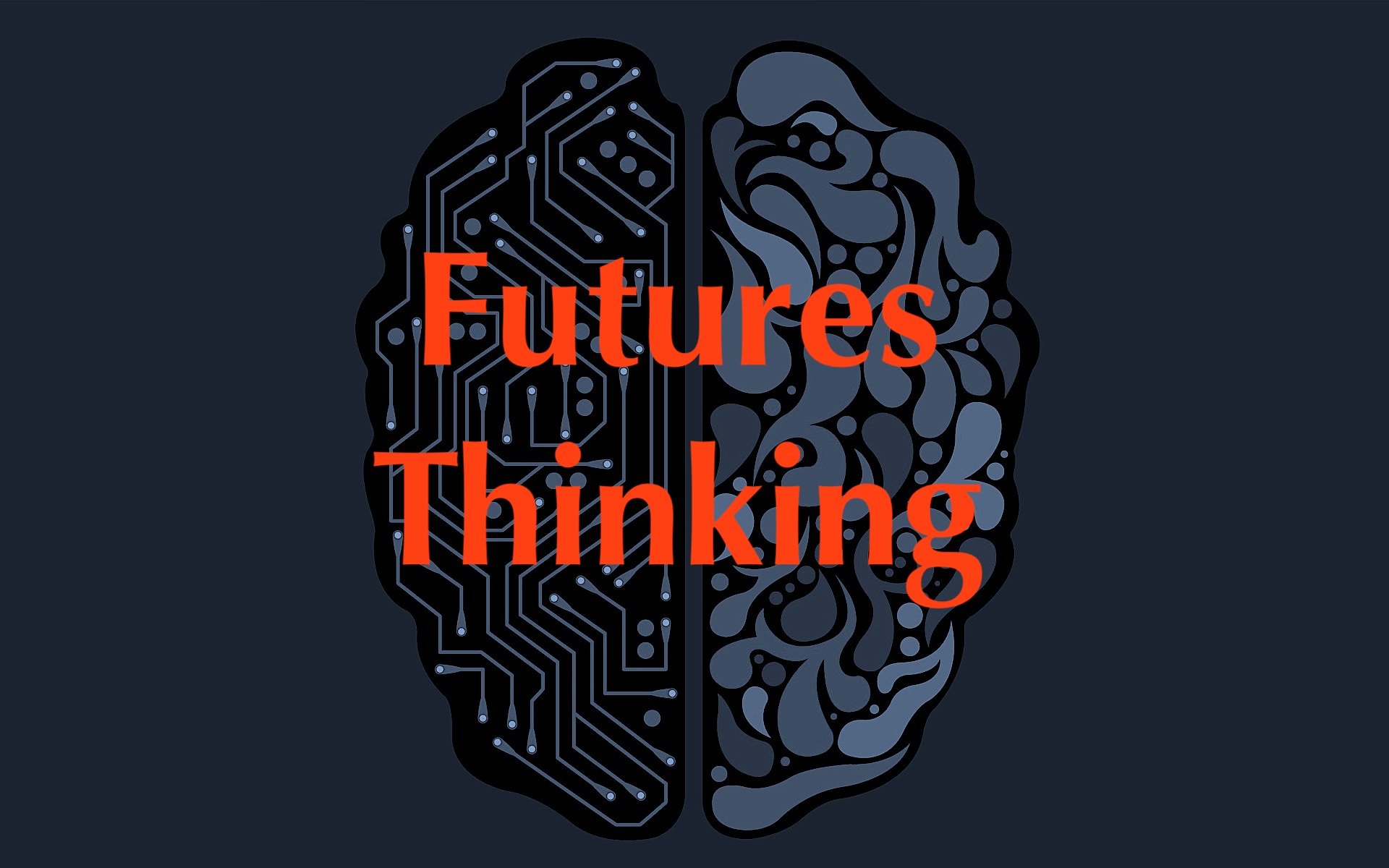We talk more and more about inclusion in recent years, but for many people it is still a vague and less understood term. So in this article I set out to clarify what inclusion is from the perspective of organisations and what emotional impact it has on employees.

Social inclusion is about respecting the status and rights of all people in a society, who should have the opportunity to participate meaningfully in society and enjoy equal treatment with others. Inclusion lies in our ability and willingness to see beyond appearances and create environments where people feel listened to and supported. What does inclusion mean? In my opinion, two defining characteristics: empathy and reason.
Inclusion derives from equality of opportunity which is a fundamental right for all individuals and means treating people fairly and without prejudice. By equality we can mean resolving past conflicts, encouraging communication and improving relationships with partners and colleagues to make them work constructively, supporting inclusion. The aim of inclusion in an organisation’s culture is to promote moral values and effective solutions through which employees contribute to better human relations.
When we refer to discrimination in any form, the person concerned will face social and professional difficulties and insecurities. The impact of discrimination will affect the mental health of individuals in the form of depression, low self-esteem, job abandonment or other mental disorders.
How do we define discrimination? Discrimination is the action whereby people are treated differently or denied certain rights without justification on the basis of unfounded considerations. Exclusion, restriction or preference on grounds of race, nationality, ethnicity, language, religion, social category, belief, gender, sexual orientation, age, different forms of illness, membership of a disadvantaged group, leads to the restriction of human rights and freedoms. Discrimination in the workplace can occur on the basis of the above criteria and may occur in the following situations:
- At the interview and at the job interview
- In setting and changing working conditions, salary and responsibilities
- In training and professional development
- At promotion
- In case of dismissal
What can an individual do from a legal point of view if they face discrimination in the workplace? What are the chances that the individual discriminated against will take up the harassing behaviour and exercise it against the person who has subjected them to discrimination? These questions underpin the literature on discrimination in organisations and its effect on the mental health of human resources. We are not aware of the dysfunctional emotional impact any form of discrimination creates on the other person next to us. Psychological harassment in the workplace is defined in labour law as the sum of repeated abusive situations (gestures, words, attitudes) that damage the dignity or mental integrity of an employee. It is abnormal behaviour that affects the working climate.
Mobbing as a phenomenon of discrimination
The term commonly used in organisations to describe anti-social, abusive behaviour by one employee towards another is called mobbing. How does mobbing occur? Most often, it is the result of conflict, it occurs as a result of racist attitudes, but also as a result of misunderstood competition within a group of employees. Conflict can occur between employees in similar positions, between employees and their supervisors, between people of different races and ethnicities or between people of the opposite sex. Mobbing involves acts of psychological aggression in the workplace: complete ignoring, isolation, attacks on the person, humiliation, insults and criticism. Mobbing can occur in all work environments, and the frequency of these manifestations is higher or lower, depending on a number of factors:
- Individual psychological factors – perpetrator and victim typology
Vulnerable people who may be harassed are the very young or the very old, people with disabilities and women, people belonging to minorities or those with emotional disabilities. The perpetrator has a specific psychological profile, narcissistic, sociopathic or paranoid, with a predilection for provoking incidents and conflicts, with an attraction to humiliating others in order to gain a dominant position.
Problems or conflicts arise at work, resulting from diverging interests on generic topics. For example, a new boss’s desire to bring someone else into the team, favouritism of some employees, an environment of professionally dominating interest circles that sabotage new employees.
The inefficient way in which the work is organised can lead to under- or overwork, lack of rules, lack of communication and gossip. All of these lead to an unhealthy competitive environment, and are likely to generate conflict and disorganisation.
Social factors are linked to the environment in which the activity takes place, from racial prejudice to gender bias, but also to the background of those involved: economic situation, belonging to certain social categories or minorities.
The psychological impact of discrimination
The effects of discrimination also manifest themselves in psychological, not just physical, ways. Stress and anxiety are major emotional consequences of discrimination. When adults are exposed to discrimination, they develop a heightened sense of vigilance. They may change their behaviour, which causes them distress. Members of marginalised groups, for example, may feel an increased need to appear polite, tidy and present in public to obtain services and avoid harassment. Some do not leave home without preparing an appropriate response to the threats and insults they will receive. Sometimes people’s stress levels increase with the perception of discrimination, even if they do not experience the imagined harassment. Levels of alcohol and drug abuse are usually higher among people who have been discriminated against.
Being subjected to discrimination causes people with psychological problems to experience high levels of dissatisfaction and distress. Among the best known mental disorders that people who are discriminated against can develop are anxiety and depression, in various forms and degrees of intensity. Psychological studies show that people subjected to ongoing discrimination may also lash out at the perpetrators and react to the discriminatory act with violence and hatred. The aggressiveness of those discriminated against will increase with the phenomenon of mobbing and the forms of harassment to which they are constantly subjected. Over time, the effects of discrimination can change the way the brain perceives information, which can lead to a decrease in cognitive function, planning ability and the ability to make logical decisions.
Legal solutions against discrimination
If you feel discriminated against at work, you have several options to make your voice heard and take steps to protect yourself.
- Get informed and gather evidence
First, research how you are discriminated against. You can read the Labour Code, articles on the subject, ask the National Council for Combating Discrimination, the Equality Partnership Centre or member organisations for further information.
You can ask for advice from friends outside your company or family, or a close colleague. When you gather evidence, approach your manager directly about discrimination issues you have encountered. If they are the one bullying you or not supporting you, approach the company’s Human Resources department or their senior managers.
You may feel discriminated against and those who have behaved aggressively towards you may not have malicious intentions or may have done so by mistake, out of their own patterns or beliefs. Try to resolve the issues by talking to colleagues and your manager, communicating the situation and what it is doing to your psyche.
- Find out about your rights and obligations and those of your employer
The rights and obligations are set out in the employment contract and internal regulations. It clarifies everything from pay, leave, dismissal, working hours, safety at work, job duties and grading and promotion opportunities.
Beyond our unique personality structure, each of us has certain beliefs or prejudices taken from family, society. We can indirectly discriminate against colleagues without realising that we have offended them because we have taken it all as a harmless joke. Through effective communication and listening to the person next to us we can avoid such unpleasant moments. Putting ourselves in the other person’s shoes, empathy and unconditional love will move us towards a more inclusive education.




